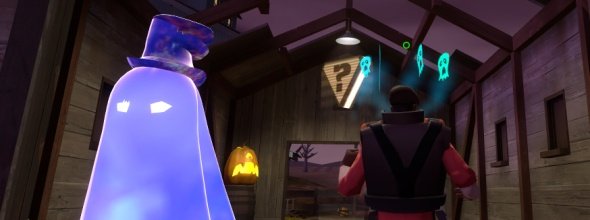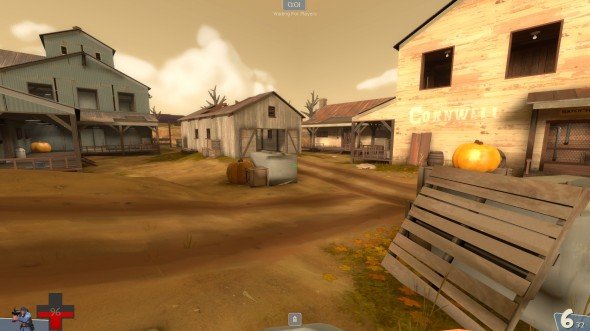Community heroes: Sean Cutino, TF2 mapper

This week, we're still interviewing some of PC gaming's greatest heroes – the pillars of the community who have devoted huge chunks of time and love to make the PC a better place to game. Sean Cutino, the mapper responsible for TF2 community maps Junction, Egypt, and Harvest, answered a few questions for us.

PC Gamer: So as far as I can figure out, you must be 19 now - how old were you when you started making maps?
Sean Cutino: I started when I was around 14. After I had beaten HL2, I saw that they had included a level design program. So I just opened it up and started experimenting. When I first started I was making levels just for fun and not to release. They didn't have any kind of gameplay to them, I just recreated things like my house and theme park rides. Eventually I decided to make real maps to play in for games like HL2:DM. Even then, when I was first making levels I really wasn't thinking too much about their gameplay. I was just trying to make them cool looking.
PC Gamer: When did you start gaming? What got you into PC gaming specifically?
Sean Cutino: I've been playing games for as long as I can remember. I started out playing NES, then N64. I grew up on games like Banjo Kazooie and Zelda: Majora's Mask. Before I was a PC gamer I was mostly just a Nintendo console gamer.
What got me into PC gaming was when I played Battlefield 1942 at a friend's house. I thought it was amazing how you could play against so many real people on the internet. So when I was 14, I got a PC fast enough for gaming and bought Half-Life 2 as my first game. I was really impressed by the level of detail they put into HL2 compared to console games.
PC Gamer: Do you only make multiplayer maps? What's the appeal?
Keep up to date with the most important stories and the best deals, as picked by the PC Gamer team.
Sean Cutino: So far I've only made multiplayer ones. It's a more rewarding experience when you get to join servers and see people having fun on your map. Also you get replay value with multiplayer maps, they are built to be played over and over again. I'd like to try to make a single player map sometime though, it's just that I don't think it would be played enough to be worth it.

PC Gamer: Obviously you've been very successful in terms of your TF2 maps getting picked up by Valve. Did you intentionally model them after the style or flow of the existing official maps?
Sean Cutino: I look at Valve's maps and study exactly how they detailed them. Since TF2 has such unique style I try to keep my maps in that style. I've noticed that most of the time when Valve creates a new map they try to make it stand out from the rest making it have a unique theme and look. So, I've tried to give all of my maps unique visuals to set them apart from the rest.
More recently I've been trying to give my maps unique gameplay themes as well as visuals. For example, on the my current map I'm working on I've tried to keep a consistent gameplay theme of battles between rooftops and alley ways. There's no reason for a map to exist if its gameplay is the same as already existing maps.
PC Gamer: What's the most important element of a great multiplayer map that novice designers often overlook?
Sean Cutino: What I used to do was I would put the visuals of my maps above their gameplay on my priorities. I would playtest my maps but I would stick too hard to my original layout designs for them. As a level designer you need to be able to accept that your maps layout isn't working and be open to changing it. You need to let the design of the map evolve out of playtests rather than just your mind. Once you have it playing well then that's when you should decide how you'll detail it.
Also, when detailing, many designers don't really think about whether their map would make sense in the real world. The buildings should look like something that could actually exist. A map should also have a story that you can see through clues in the environment. It feels like a lot of mappers detail their maps without much thought. They seem to just randomly place a bunch of objects around the environment.

